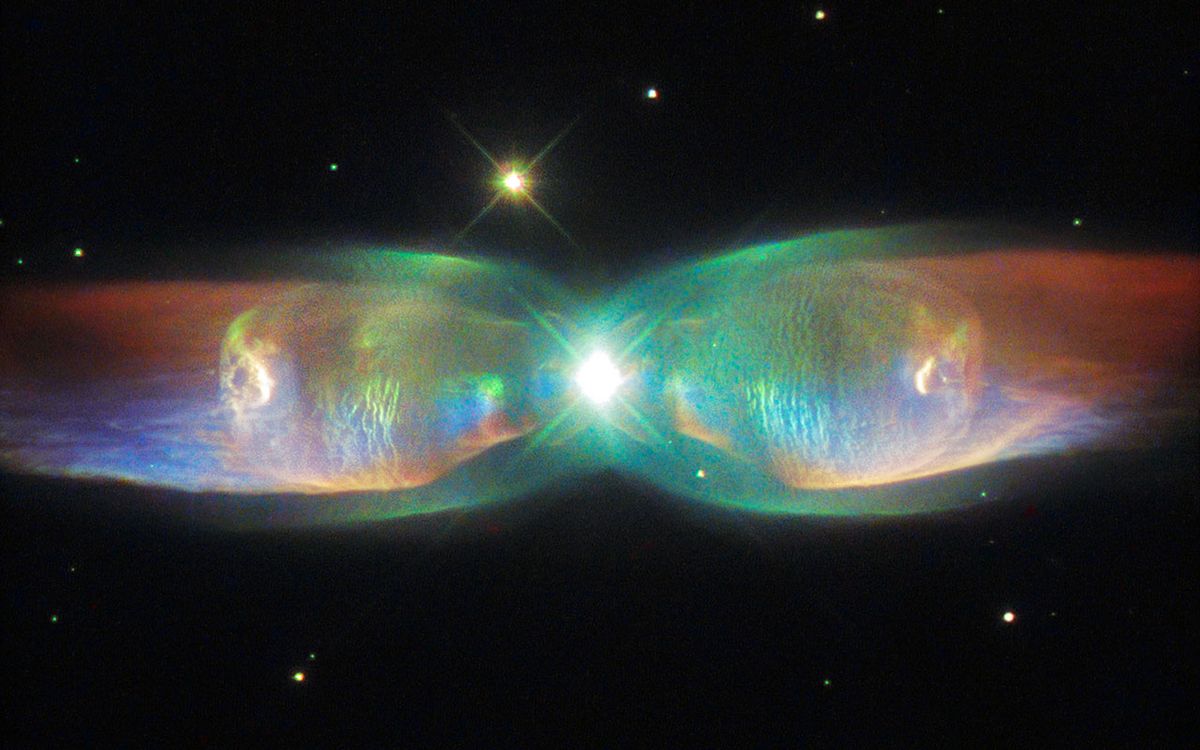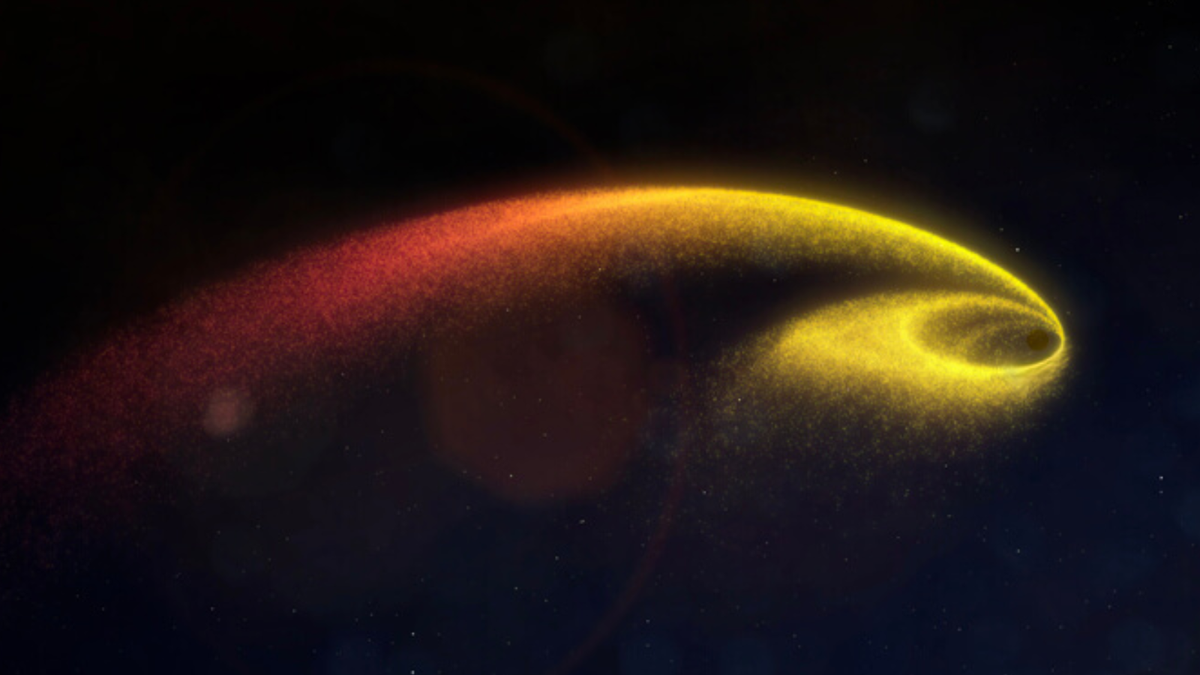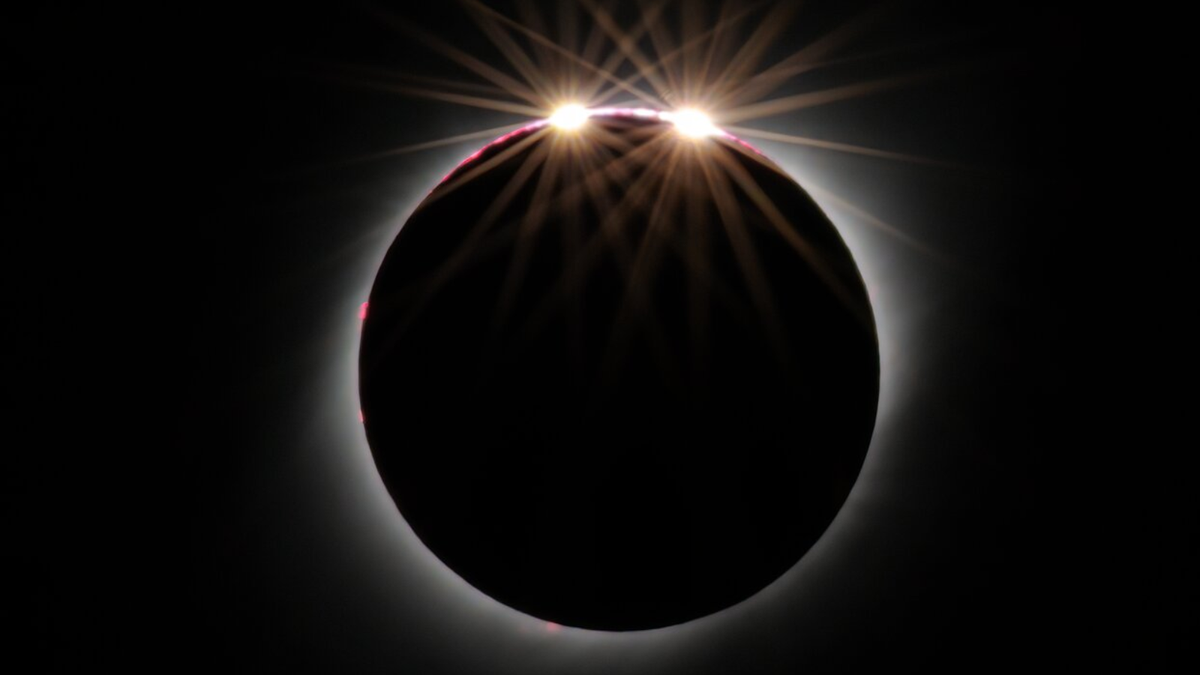The Influence of Dark Matter on Binary Stars
A recent study suggests that massive clumps of invisible dark matter scattered throughout the universe could be disrupting binary stars, gradually pulling them apart. This phenomenon holds the potential to unveil the mysteries surrounding the elusive entity that is dark matter.
An Overview of Dark Matter
Throughout the years, astronomers have gathered substantial evidence supporting the presence of dark matter, an imperceptible form of matter that encompasses about 85% of the mass in nearly all galaxies. Originally, scientists proposed the existence of weakly interacting massive particles (WIMPs) as the constituents of dark matter, hypothesizing that these particles would only interact with each other through gravity and the weak nuclear force.
However, experiments aimed at detecting the faint signals of WIMPs passing through Earth have yielded no results, and the model involving WIMPs faces challenges aligning with the density of matter within galactic cores. Consequently, researchers have turned their attention to an alternative concept wherein the dark matter particle is exceedingly lightweight— even lighter than neutrinos, the lightest known particles.
In this framework, the dark matter particle would be more than a billion times lighter than an electron. Quantum mechanics dictates that all particles possess a wave-like nature detectable only in subatomic experiments. Nevertheless, in this scenario, dark matter would exhibit wave-like behavior on scales as extensive as the solar system or larger.
Recent Astronomical Study
A recent study conducted by astronomers in China delved into this model to explore potential methods for observational dark matter detection. The findings of the study, presented in an article published on the preprint server arXiv in April, scrutinize ultralight dark matter.
Unlike conventional dark matter models, ultralight dark matter would not zip through the cosmos like projectiles but rather flow through each galaxy like an invisible ocean, capable of generating its oscillations. Some of these undulations could amalgamate into cohesive structures known as solitons, evoking the image of colossal, unseen waves traversing the galaxy without noticeably interacting with their environment.
These solitons, although imperceptible, possess immense proportions that subtly perturb the gravitational field surrounding them. While their gravitational effect remains negligible on most galactic objects, binary star systems with expansive separations vulnerable to alterations in their mutual gravitational pull may witness changes in their orbital trajectories due to the presence of solitons.
The team of researchers identified wide binary star pairs within the Gaia catalog—comprising a billion stars in proximity to the sun—and earmarked them for future observations. Monitoring the behavior of these binary stars can potentially serve as a highly sensitive probe for ultralight dark matter, surpassing the sensitivity of Earth-based laboratories focusing on dark matter detection.
Therefore, anomalies in the trajectories of binary stars could offer the initial clue elucidating the enigma of dark matter, shedding light on its true nature and properties.
Image/Photo credit: source url





